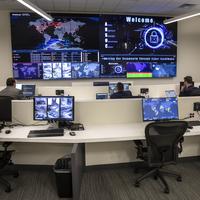Watching history’s first attack on a nuclear power plant Thursday evening, Burt Grabo, a former nuclear power plant manager and nuclear consultant, said he was initially alarmed like much of the rest of the world.
“I wanted to find out what type of reactor it was because that makes a big difference,” Grabo said.
Grabo already knew the infamous Chernobyl nuclear plant in northern Ukraine, the site of the world’s worst nuclear disaster in 1986, had a graphite pile reactor.
“It didn’t have the same kind of shielding or containment process that these plants in Ukraine have,” he said. “The containment building was literally a steel and girders shed. There was no containment. It just was a shed over the building.”
He soon learned the Zaporizhzhia nuclear plant in the southeastern part of the country, the largest in Europe, has six pressurized water reactors.
“My concern level ratcheted down quite a bit,” Grabo said.
He said those reactors are within steel-reinforced, highly fortified cement containment buildings.
The reactors are built to withstand tremendous pressure. The four-foot thick reactor wall is “effectively the same thickness as 37 feet of concrete,” Grabo said.
The reactor also has multiple safety systems to protect it and even backups for the backups.
“They’re designed to actually take a missile hit,” Grabo said. “You’d have to penetrate the containment itself before there would be any radiation release.”
Even then, he said, it would have to be “a pretty sophisticated attack.”
The fire that was eventually extinguished was in a building about 1,500 feet away. Grabo said the Ukrainians did what was needed.
“When you’re under attack, the best thing to do is shut your reactors off,” Grabo said.
However, Grabo said a fourth of Ukraine’s power supply would likely undergo rolling brownouts and blackouts until the reactors cool down and go back online.
Grabo said he speculates the attack was more ploy by Russian President Vladimir Putin.
“It’d be crazy to destroy six nuclear reactors if you’re talking billions and billions of dollars in assets,” Grabo said.
He said nuclear power plants in the U.S. are protected by a security force surrounded by high fences and have laser beam technology to detect movements.
Hear Grabo describe the safety training in the nuclear power industry in the video player below:
ALSO ON KSAT.COM

